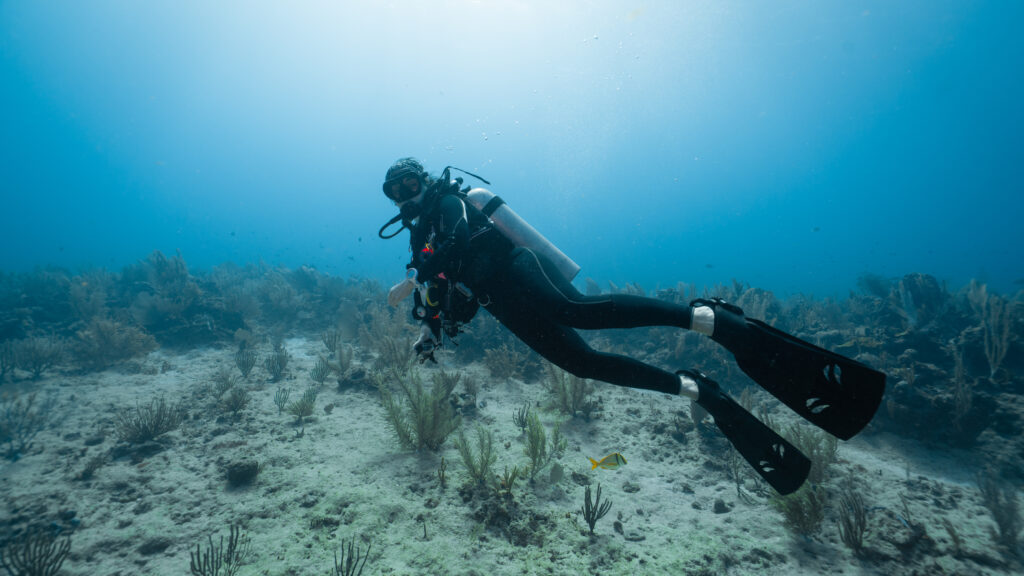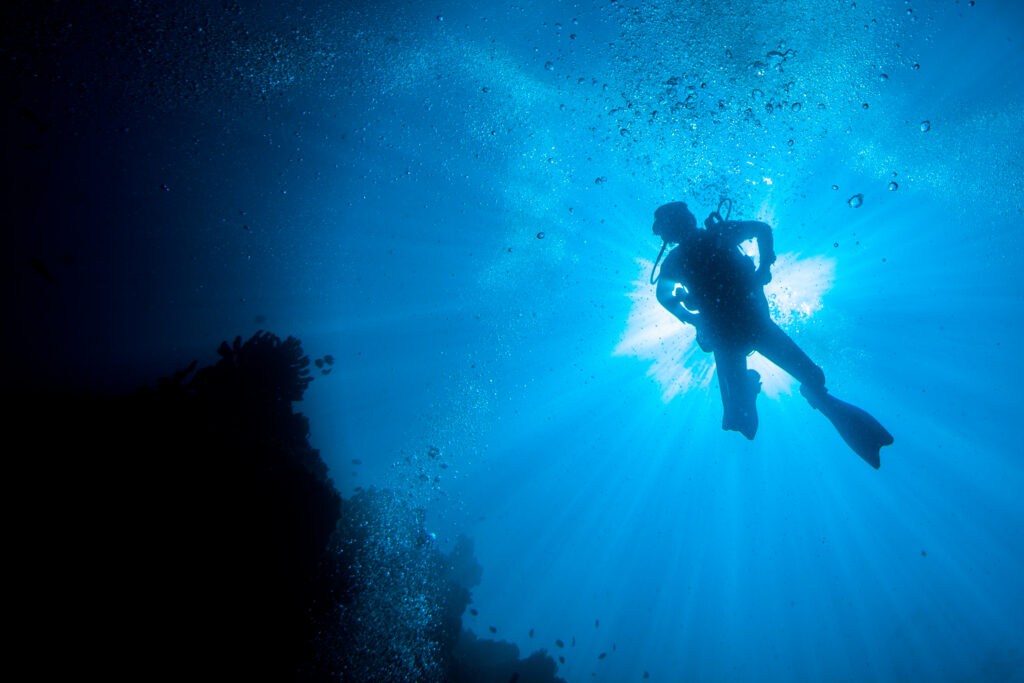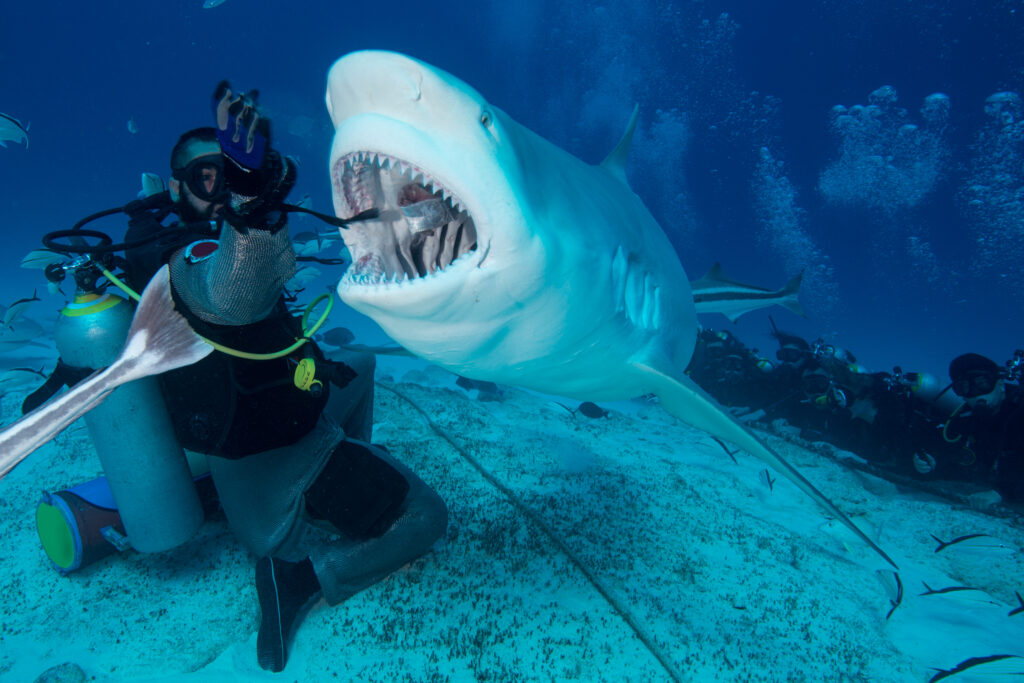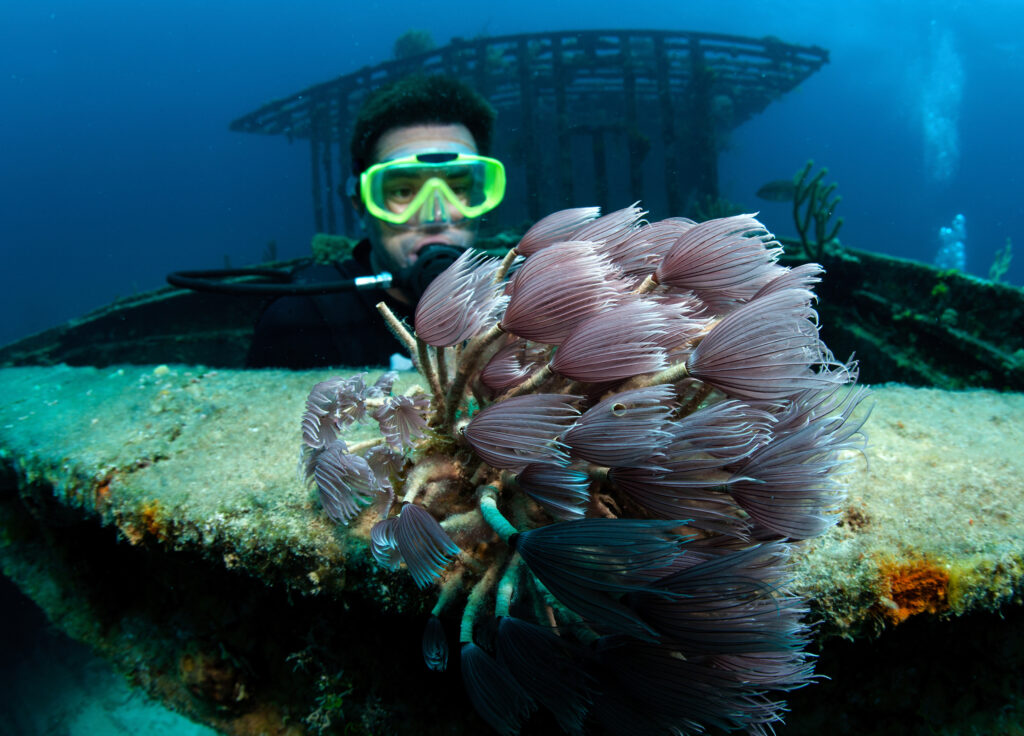What is Upwelling?

Upwelling is a critical oceanographic phenomenon where deep, cold, and nutrient-rich water rises to the surface, replacing the warmer, nutrient-depleted surface water. This process is vital to marine ecosystems as it brings essential nutrients like nitrate and phosphate to the photic zone, where sunlight can drive photosynthesis. Consequently, upwelling zones are often rich in marine life and are crucial for global fisheries. Scuba divers find these regions particularly interesting due to the diverse and abundant marine species supported by the nutrient influx. Understanding upwelling is fundamental for appreciating its ecological and economic significance.
What is Laryngospasm?

Laryngospasm is a sudden, involuntary contraction of the vocal cords that can temporarily block airflow to the lungs. In the context of scuba diving, this condition is particularly hazardous because it can occur unexpectedly and lead to life-threatening situations underwater. Understanding laryngospasm is crucial for divers, as it directly impacts their safety and ability to respond effectively to underwater emergencies.
What is Ingassing?

Ingassing refers to the process by which gases dissolve into the body’s tissues and blood during scuba diving. This process is crucial to understand because it affects how divers must manage their time underwater and the ascent to the surface to avoid serious health risks. The term “ingassing” is often used in conjunction with its counterpart, “outgassing,” which describes the release of gases from the body. Both processes are central to diving physiology and safety, playing a vital role in dive planning and execution.
What is Open Circuit Scuba?

Open circuit scuba diving is a method of underwater diving in which the diver breathes from a tank of compressed gas and exhales directly into the water. This system is contrasted with closed-circuit systems, where exhaled gas is recycled and re-breathed. Open circuit scuba is the most common and widely used system in both recreational and professional diving. It is valued for its simplicity, reliability, and the extensive training programs available to certify divers. The ease of use and availability of open circuit scuba equipment have made it a cornerstone of underwater exploration.
What is a Dive Operator?

A dive operator is a professional entity responsible for organizing and facilitating scuba diving activities for individuals and groups. Dive operators play a crucial role in ensuring safe, enjoyable, and educational experiences for both novice and experienced divers. They provide a wide range of services, including equipment rental, guided dives, training courses, and logistical support for dive trips. As central figures in the scuba diving industry, dive operators are essential for maintaining high standards of safety and environmental stewardship. Their expertise and resources enable divers to access and enjoy underwater environments that might otherwise be difficult to reach or navigate.
What is a Scuba Diving Hood?

A scuba diving hood is a critical component of diving gear, designed to protect divers’ heads from the cold and various underwater hazards. It plays a crucial role in maintaining body temperature during dives in colder waters, thereby enhancing the overall diving experience and safety. Typically made from neoprene or other insulating materials, the hood covers the head and neck, leaving the face exposed or partially covered. Its primary function is thermal insulation, but it also provides some protection against marine life and minor abrasions.
What is a Rash Vest?

A rash vest, also known as a rash guard, is a type of athletic shirt made from spandex and nylon or polyester. Originally designed to provide sun protection and to prevent chafing from surfboards, rash vests have become an essential piece of gear for many water sports enthusiasts, including surfers, swimmers, and scuba divers. They are particularly valued for their ability to protect the skin from rashes caused by abrasion, UV rays, and stings from marine creatures. In scuba diving, rash vests serve additional functions, enhancing comfort and safety under various underwater conditions.
What is Off-Gassing?

Off-gassing, within the context of scuba diving, refers to the process by which dissolved gases, primarily nitrogen, are expelled from a diver’s body during ascent. This phenomenon is crucial for diver safety, particularly in avoiding decompression sickness, commonly known as “the bends.” Understanding off-gassing is essential for divers to manage their ascents properly and ensure that the nitrogen absorbed under pressure is released gradually and safely.
Can you get Hypothermia when Scuba Diving?

Can you get Hypothermia when Scuba Diving? Hypothermia is a medical condition characterized by a drop in the body’s core temperature below its normal range, which can occur during activities in cold environments, such as scuba diving. In the context of scuba diving, hypothermia poses significant risks to divers and can lead to serious complications, […]
What is Hypoventilation?

Hypoventilation, a crucial concept in scuba diving, refers to a reduced rate or depth of breathing that results in inadequate ventilation and increased levels of carbon dioxide (CO2) in the blood. Understanding hypoventilation is essential for scuba divers, as it directly impacts their safety and overall diving experience. In the underwater environment, where divers are subject to various physical and physiological stressors, maintaining proper breathing patterns is vital to avoid complications such as hypercapnia and its associated risks. This entry will delve into the physiology of breathing underwater, the mechanisms and causes of hypoventilation, its effects on divers, and best practices for prevention and management.
